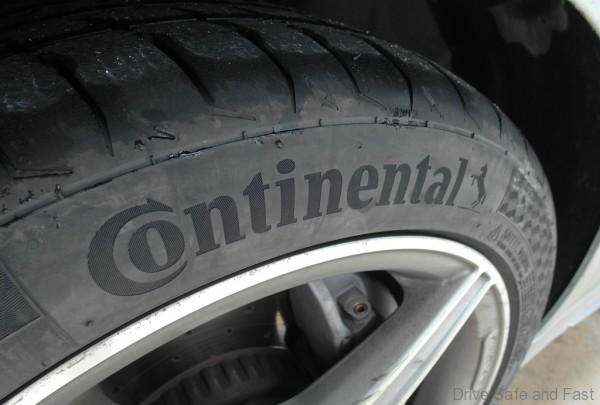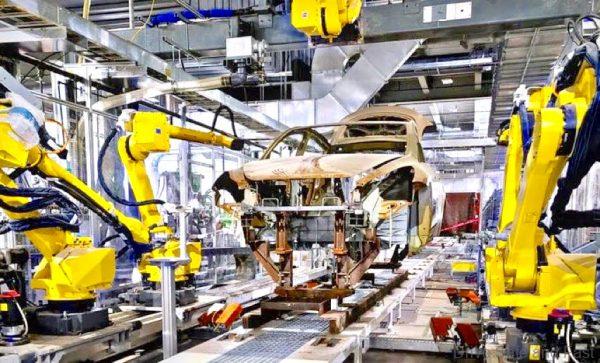Car brands and OEMs are now putting serious money into recycling and the circular economy.
It took a long time, but 2021 is finally the year where we’re seeing the entire automotive industry shifting their product strategy towards sustainability and what’s widely known as the ‘circular economy’. We’re not talking about merely switching over to electric mobility, but looking at the entire supply chain and lifecycle to reduce the carbon footprint at every level. It also means closing the loop so that manufacturers are responsible for sustainably sourcing materials that go into their products and also for what happens at the end of their product’s life-cycle.

This year’s German International Motor Show was where we saw most of these initiatives pour out. From BMW, we got the i Vision Circular, a hideous monstrousity only a mother could love that just so happened to be almost completely recyclable.
German Original Equipment Manufacturer (OEM) Continental also made an announcement with regards to sustainability. Starting next year, their tyres will be using reprocessed polyester from recycled PET plastic bottles. A set of four tyres would take more than 60 recycled PET bottles to produce and the resulting tyre has been proven in testing to perform as well as comparable tyres made with existing materials.

Just today we shared how Nissan are looking into extracting rare-earth elements from the electric motors found in end-of-life electric vehicles.
The Circular Economy Will Expand
Plastic production currently generates an estimated 2 tons of CO2 per tonne of material produced. At the end of the product’s lifecycle, having to burn the plastic generates an additional 2.7 tons of CO2 according to the German Institute of Economy Research.

However because companies are profit driven machines that don’t really factor in externalities like pollution, it’s government policy that guides their decisions as well as shareholder sentiment. In Europe, the EU is mandating that 50% of plastic packaging be recycled by 2025 and this is pushing companies to get ahead of the curve.

A third factor is the industry at large. It’s estimated that the circular economy expanding at its current rate will make it worth some US$4.5 trillion by the year 2030. Many car brands are looking to get on the winning side of that market by researching recycling methods to reduce costs or to become suppliers of their own.